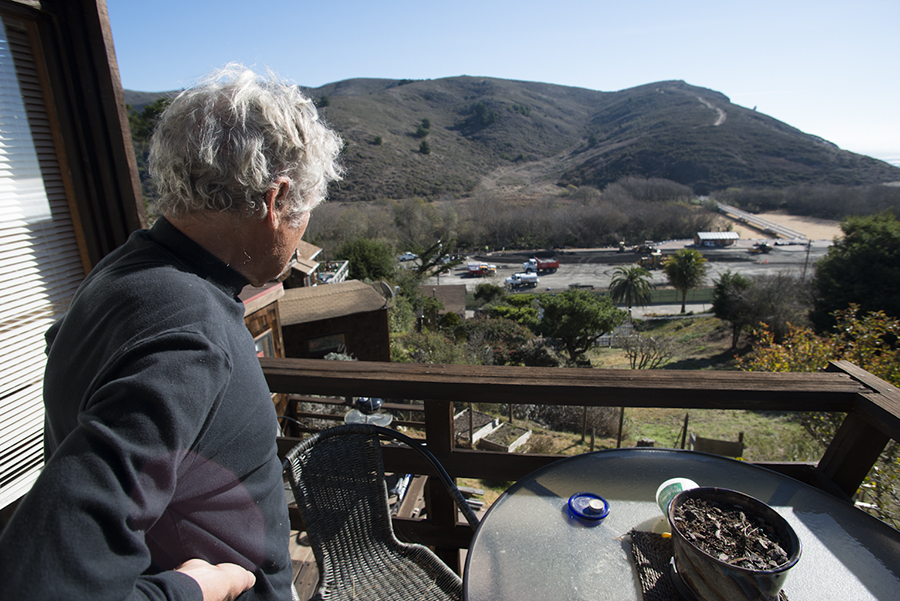How best to preserve the famed redwoods of Muir Woods National Monument is a question that’s been visited and revisited ever since William Kent . . .
Muir Beach pushes back on GGNRA


How best to preserve the famed redwoods of Muir Woods National Monument is a question that’s been visited and revisited ever since William Kent . . .